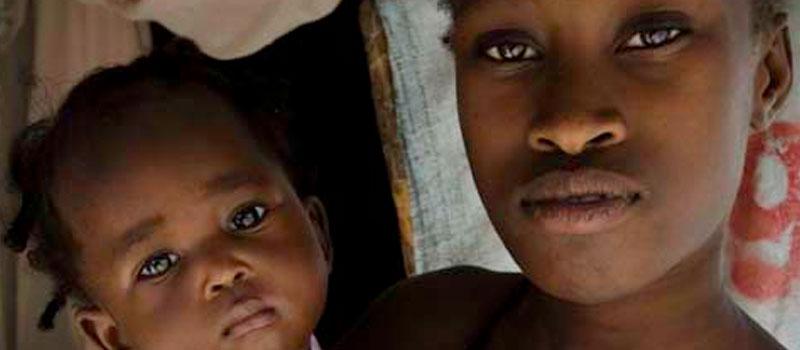On January 12, 2010, a massive earthquake struck Haiti, killing more than 200,000 people and rendering almost 2 million homeless. Five years later, the country is still struggling to rebuild. Since then, natural disasters have continued, affecting millions more people around the world. Untold thousands have died, been injured or lost their livelihoods as a result.
Women and girls are particularly vulnerable in disasters. If that is to ever change, steps must be taken before disaster strikes to address the particular needs of women and girls to ensure that they not only survive but maintain their dignity while recovering and rebuilding their lives.
Disaster assistance typically focuses on getting water and shelter to people as quickly as possible. But there are other needs, equally important, that must be incorporated into emergency preparedness. For example, planning for sexual and reproductive health needs in an emergency response ensures safe childbirth and assistance for women who are exploited or abused and require assistance.
In the Philippines—a country that is particularly vulnerable to the devastating effects of natural disasters—the Women's Refugee Commission is piloting a facilitator’s kit to help communities, including women’s groups, be ready.
The three-day training introduces participants to practicalities of disaster preparation, especially those concerning reproductive health. It delves into local risks and overlooked issues, including gender-based violence in emergencies. At the end of the training, participants produce reproductive health and gender action plans. These will inform and complement government-focused activities, such as contingency planning, emergency preparedness and resilience-building initiatives.
Although the facilitator’s kit is focused on the Philippines, it can be adapted for use in other disaster-prone settings.
With better preparation before an emergency, the health and well-being of millions of women and girls can be immeasurably improved.
Watch a 3-minute video to learn more about our work on disaster risk reduction:
This article was originally published on www.trust.org.


